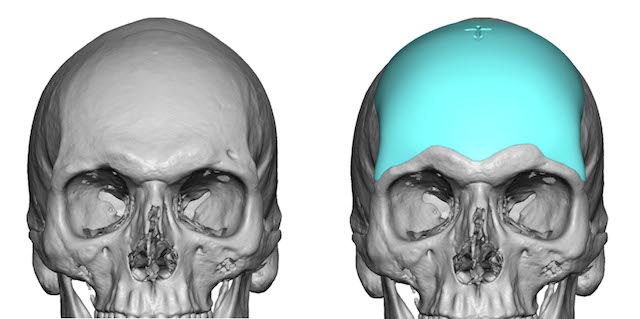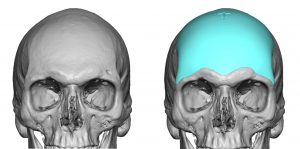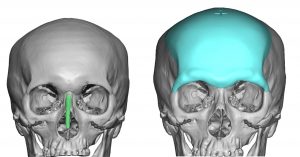Forehead augmentation is sought after by both men and women almost equally. Men typically seek the procedure to either correct a retroclined forehead slope or develop an overall stronger with more prominent brow bones. Women usually seek to have a rounder and more convex forehead with increased verticality. (i.e., the forehead is too flat or not high enough) A custom forehead implant offers the most effective approach for augmenting this large upper facial area to get the proper gender-related changes with as smooth an external contour as possible.
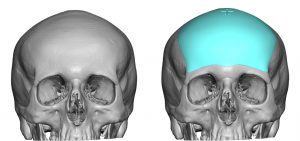
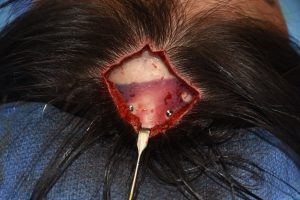
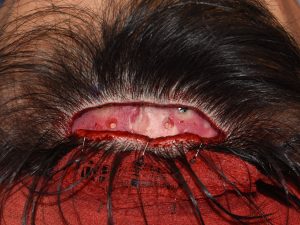
Dr. Barry Eppley
Indianapolis, Indiana

